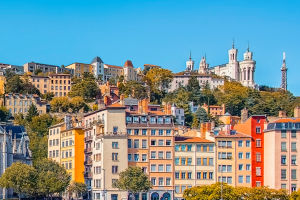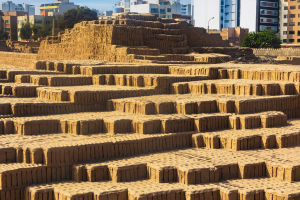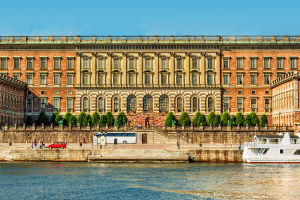Fernando de Noronha is one of those rare destinations that captures the imagination of nature lovers and adventurers alike.
Hidden in the Atlantic Ocean, between Brazil and the African coast, this remote Brazilian archipelago has become a must-see for Lykkers seeking untouched beauty, turquoise waters, and unforgettable experiences.
While it was once overlooked, Fernando de Noronha is now drawing global attention—offering an exclusive and eco-conscious escape that suits both luxury travelers and budget explorers.
Fernando de Noronha
When to Visit
Best Months for Sunshine
The ideal time to travel is from August to January, during the dry season. Skies stay clear and the weather is perfect for exploring beaches, hiking trails, and marine life. Early in this season, the island bursts with greenery due to recent rains.
Rainy Season Details
From February to July, rainfall increases, with the wettest months being March to May. While the landscape remains stunning, outdoor activities may be limited.
Perfect Time for Surfing
Between December and March, ocean swells from the north create ideal surfing conditions. Wave quality drops during other months due to southern currents.
What to Avoid
Visiting during high season or public holidays should be reconsidered if crowds and inflated prices are a concern. Accommodation fills up fast, and flights are more expensive.
Getting There
Reaching the Island
Commercial flights are the only practical way to reach the island. Planes depart daily from Natal (340 km away) and Recife (550 km away), operated by Gol and Azul. Booking in advance is recommended, as flight prices rise quickly due to limited passenger quotas.
Airport Information
Fernando de Noronha has one main airport. Its airstrip cuts through the island, offering stunning aerial views upon arrival.
Entry Requirements and Fees
Environmental Preservation Fee (TPA)
To control tourism and preserve nature, all visitors must pay a daily environmental fee. The cost starts at 76 BRL (approx. €13) for the first day, increasing slightly each day, with longer stays becoming more expensive.
Payment can be made online in advance or upon arrival at the airport using cash or card.
National Park Access Fee
About half the island is part of a protected marine national park. Accessing its best beaches and trails requires an entry ticket:
- 222 BRL (approx. €40) for foreign visitors
- Free for children under 12 and seniors over 60
This pass lasts for 10 days and can be purchased at beach kiosks or online.
Where to Stay and Eat
Accommodation Options
The island offers choices for every budget:
- Budget-friendly pousadas (local guesthouses): From €30–€60 per night
- Mid-range inns: Around €70–€120 per night
- Luxury eco-resorts: From €200 upwards per night
Dining Costs
Restaurant meals range from:
- Local eateries: €10–€15 per meal
- Higher-end dining: €30+ per person
- Homemade meals or snacks: €5–€10
Recommended Spending
For a one-week stay (excluding flights), plan for:
- Entry taxes: approx. €85
- Park fee: approx. €40
- Guided tours: €70 (for at least two outings)
- Accommodation: €200–€250 minimum
- Restaurant meals: €150
- Snacks and extras: €70–€100
A comfortable budget would be around €1,000 per person.
Things to Do
Full Island Tour
Start with a guided tour to discover the highlights of the island in one day. You'll explore key beaches, scenic viewpoints, and local culture. Tours usually cost between €25–€50.
Baía dos Porcos
This picturesque bay is one of the most photographed spots on the island. Surrounded by dramatic rock formations and crystal-clear water, it's ideal for snorkeling and photography.
Marine Wildlife Watching
The island is a haven for marine wildlife such as dolphins, sea turtles, and exotic fish. Boat excursions and snorkeling trips are widely available. Prices vary from €30–€80 depending on duration and group size.
Eco-Hikes and Viewpoints
There are multiple scenic trails that wind through protected forests and lead to panoramic vistas. Always wear comfortable shoes and bring water.
To Summarize
Fernando de Noronha blends raw beauty with responsible tourism, making it a dream destination for Lykkers who value both nature and sustainability. From golden beaches to lush trails, and from surfing to snorkeling, the archipelago offers something unforgettable at every turn. While not the cheapest place to visit, smart planning allows travelers of all budgets to experience this treasure of the Atlantic.


